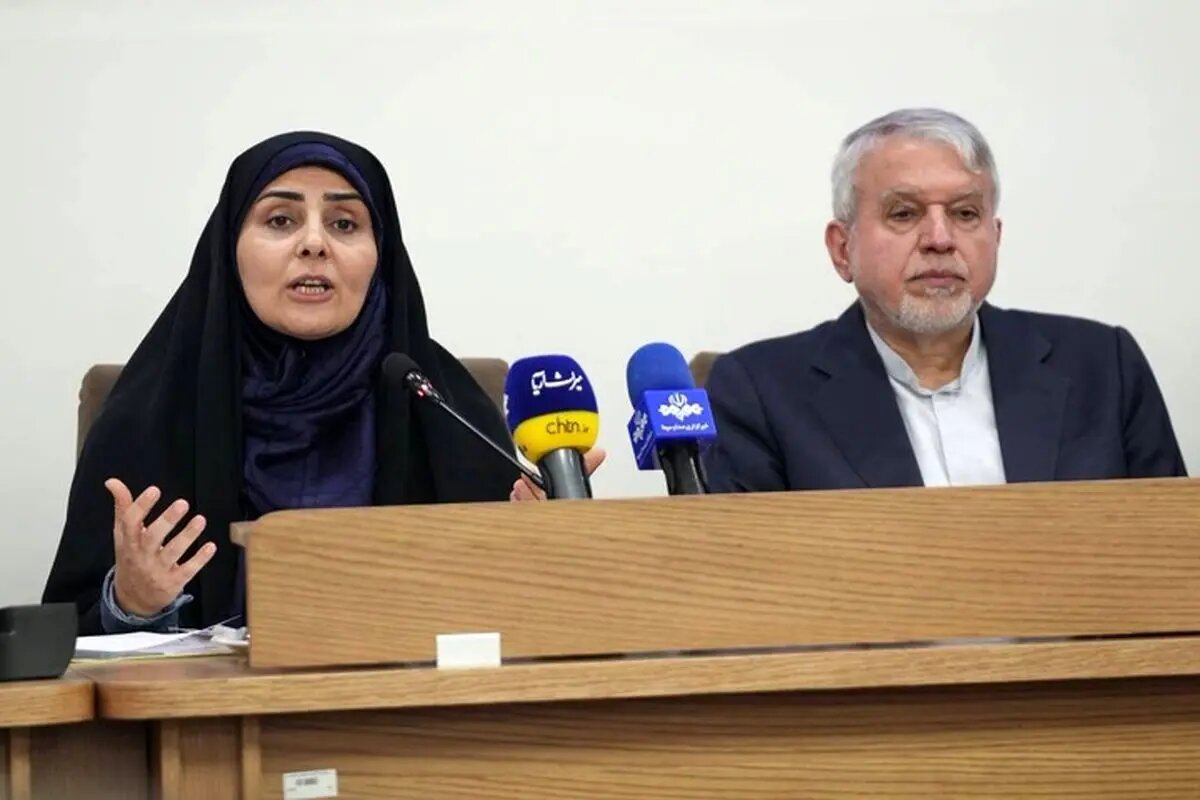Minister urges overhaul of transport, preservation of historical districts to strengthen tourism

TEHRAN – Transport and Urban Development Minister Farzaneh Sadegh has called for stronger collaboration between the transport and tourism sectors to revitalize historical urban areas and upgrade public transport infrastructure in a bid to support the country’s tourism industry.
Speaking during a joint meeting with the Minister of Cultural Heritage, Tourism and Handicrafts, Sadegh emphasized the intertwined missions of the two ministries and stressed the need to make the best use of legal frameworks to promote sustainable tourism.
“Cultural heritage belongs to every citizen of this land. It is the identity of our nation, and the preservation of historical neighborhoods should be on the agenda,” Sadegh said, adding that efforts must be intensified to breathe life back into historical areas, which account for less than five percent of urban spaces but are often cited as urban challenges.
She then repeated the importance of distinguishing historical districts from dilapidated areas, noting that these neighborhoods represent Iran’s cultural essence and should be revitalized, not abandoned. “We must not wait for disasters to erase our historical texture, building by building,” she said.
Elsewhere in her remarks, Sadegh pledged to cooperate in drafting specialized plans and regulations aligned with the objectives of the Ministry of Cultural Heritage, urging faster implementation of joint projects, increased funding, and stronger support for the private sector.
Highlighting the role of rural tourism and the significance of accommodations in historic areas, the minister also pointed to recent progress in tourism, cultural heritage, and handicrafts during the current administration.
Turning to international connectivity, Sadegh announced a rise in direct flights to and from Azerbaijan, Pakistan, and Armenia over the past four months, with further expansions under discussion, including potential cooperation with foreign airlines.
She also noted the recent launch of a trial maritime tourism route between Muscat and Iran’s Chabahar, and a doubling of Arbaeen pilgrimage traffic from Khorramshahr to Basra by sea this year.
Sadegh added that current regulations allow for the import of passenger buses and cruise ships to ease road congestion, particularly along the northern coastal corridor. “The Ports and Maritime Organization stands ready to fully support these initiatives,” she added.
Emphasizing growing interest from domestic and international investors in Iran’s tourism potential, the minister proposed the establishment of a joint task force across road, rail, and aviation sectors to mirror progress made in cultural heritage and tourism.
Referring to a request to have displays of handicrafts and tourism attractions, Sadegh said: “Our airports, terminals, train stations, and border crossings can serve as gateways to Iran’s beauty and culture… like living museums.” She then called for joint meetings to accelerate such a coordination.
She concluded by expressing hope that ongoing cooperation and comprehensive support would help transform Iran into a leading global destination for both domestic and international travelers.
AM
